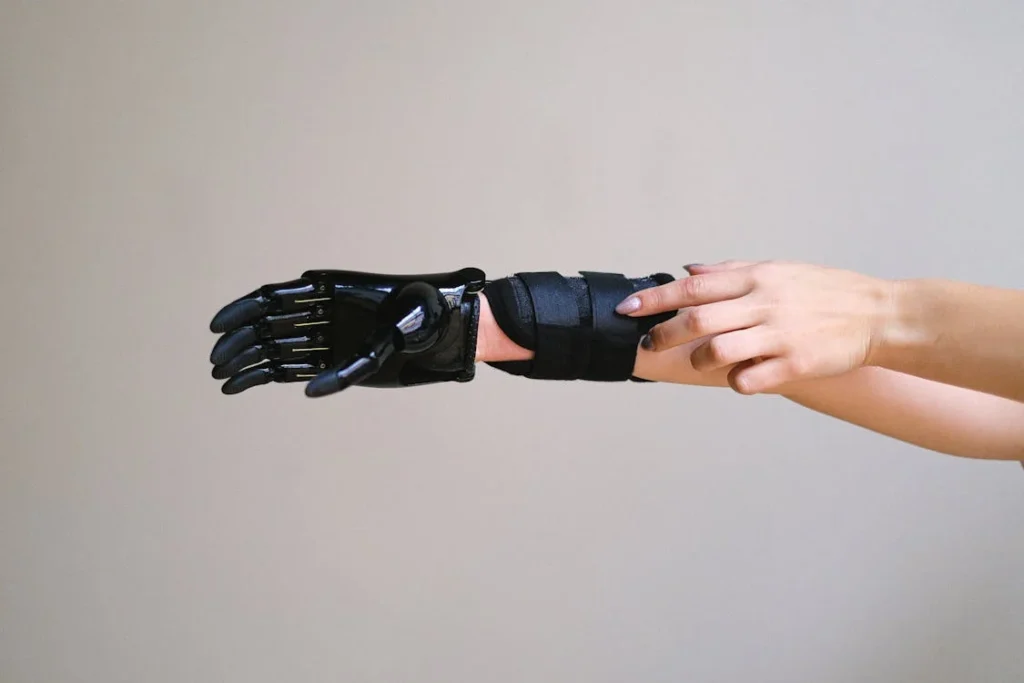Recovering from an amputation is not just about healing physically—it’s about regaining independence, confidence, and the ability to live a fulfilling life. This journey often involves learning new ways to perform everyday tasks, adapting to prosthetics, and finding solutions to challenges that arise. Occupational therapy (OT) plays a vital role in this process, offering tailored strategies and support to help individuals rebuild their lives after limb loss.
Occupational therapy goes beyond physical rehabilitation. It focuses on helping individuals adapt to their unique circumstances and regain control over their daily routines, hobbies, and roles. In this article, we’ll explore how occupational therapy becomes a cornerstone of post-amputation recovery, providing a path to empowerment, independence, and confidence.
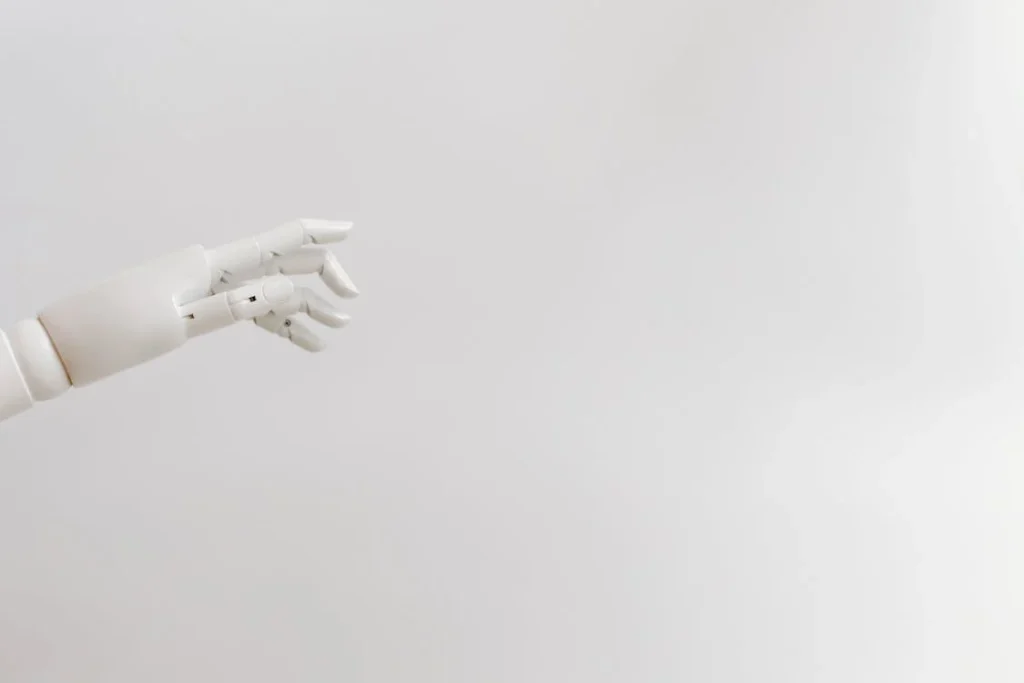
Understanding Occupational Therapy in Post-Amputation Recovery
Occupational therapy is a specialized form of rehabilitation that helps individuals adjust to life after an amputation by teaching them practical skills and strategies.
While physical therapy focuses on restoring strength, balance, and mobility, occupational therapy is centered on enabling individuals to perform daily activities and participate fully in life.
It addresses the physical, emotional, and social aspects of recovery, making it an essential part of the healing process.
The Core Focus of Occupational Therapy
The primary goal of occupational therapy is to help individuals regain independence in their daily lives. After an amputation, even routine tasks like dressing, eating, or writing may feel challenging.
Occupational therapists work with patients to develop techniques that make these activities more manageable. This often involves creative problem-solving and using assistive tools or adaptive equipment to simplify tasks.
For example, an occupational therapist may introduce tools like one-handed cutting boards for upper-limb amputees or recommend strategies for transferring in and out of a wheelchair for lower-limb amputees.
These adaptations empower individuals to take control of their lives and reduce their reliance on others.
Another critical aspect of occupational therapy is preparing individuals for prosthetic use. Adapting to a prosthetic limb can be a complex process that involves learning how to use the device effectively and incorporating it into everyday tasks.
Occupational therapists provide hands-on guidance and practice sessions to help patients become comfortable and confident with their prosthetics.
Tailored Approaches for Individual Needs
One of the unique strengths of occupational therapy is its highly personalized approach. Every individual’s recovery journey is different, influenced by factors such as the level of amputation, overall health, personal goals, and lifestyle.
Occupational therapists begin by conducting a thorough assessment to understand the patient’s specific needs, challenges, and aspirations.
This assessment helps create a customized therapy plan that addresses the patient’s priorities. For instance, a patient who is passionate about cooking may work with their therapist to find ways to safely prepare meals despite their limb loss.
Similarly, a patient aiming to return to work might focus on job-specific tasks, such as typing, operating machinery, or handling tools.
Occupational therapy also accounts for emotional and psychological well-being. The journey after an amputation can be emotionally taxing, with feelings of frustration or loss often surfacing.
Therapists provide emotional support, help set achievable goals, and celebrate progress, fostering a positive outlook that motivates patients to keep moving forward.
Rebuilding Confidence and Independence
Beyond physical adjustments, occupational therapy is deeply tied to rebuilding confidence. Many individuals experience self-doubt or hesitation after an amputation, particularly when performing tasks in social or professional settings.
Occupational therapists address these concerns by creating safe, controlled environments where patients can practice new skills.
This practice instills a sense of mastery, showing patients that they are capable of overcoming challenges.
Over time, this confidence extends into real-world situations, allowing individuals to navigate public spaces, interact with others, and resume meaningful activities with assurance.
By focusing on both the practical and emotional aspects of recovery, occupational therapy provides a holistic approach to healing. It empowers individuals to reimagine their abilities, regain their independence, and embrace life after amputation with strength and resilience.

The Role of Occupational Therapy in Enhancing Daily Activities
Daily activities, often taken for granted before an amputation, can become significant challenges afterward.
From simple tasks like buttoning a shirt to more complex ones like preparing meals, these everyday actions require new techniques, adaptations, and sometimes tools.
Occupational therapy bridges the gap between the challenges of limb loss and the need to live an independent, active life by focusing on the functionality of daily activities.
Adapting to Self-Care Tasks
Self-care is one of the first areas occupational therapists address during rehabilitation. Activities such as bathing, dressing, grooming, and eating are essential for maintaining dignity and independence.
Therapists work closely with patients to break down these tasks into manageable steps, introducing alternative methods and tools as needed.
For instance, an upper-limb amputee may learn to use adaptive utensils or devices like a buttonhook to assist with dressing. Lower-limb amputees may focus on strategies for transferring in and out of the shower safely or using grab bars effectively.
These adjustments ensure that self-care becomes more accessible, enabling individuals to reclaim their autonomy in these critical aspects of life.
The therapist’s role extends beyond teaching techniques; they also build confidence. Learning to manage personal care independently fosters a sense of accomplishment and resilience, empowering individuals to approach other challenges with a positive mindset.
Supporting Household and Community Tasks
Once self-care routines are established, occupational therapy shifts its focus to broader activities, such as managing a household or participating in the community.
These activities often require a combination of physical, cognitive, and emotional skills. Occupational therapists help patients tackle these tasks systematically, offering practical solutions to improve efficiency and safety.
In the home, therapists might work with patients to reorganize their living spaces, ensuring that frequently used items are easily accessible.
For individuals using wheelchairs or prosthetics, this may involve modifying furniture arrangements or installing adaptive devices like pull-down shelves.
Therapists also guide patients through tasks like cooking, cleaning, and laundry, demonstrating techniques that reduce strain and prevent injury.
Community engagement is another key focus. Occupational therapists prepare patients to navigate public spaces, use public transportation, or return to work.
These activities often require overcoming physical and psychological barriers, such as the fear of falling or concerns about being perceived differently. Through gradual exposure and skill-building, therapists help patients regain the confidence to participate in society fully.
Restoring Meaningful Activities
Beyond practical tasks, occupational therapy emphasizes restoring activities that bring joy and meaning to life.
Whether it’s pursuing a hobby, spending time with loved ones, or participating in cultural or religious practices, these activities contribute to emotional well-being and a sense of purpose.
Therapists work with patients to identify meaningful activities and adapt them to accommodate their new circumstances.
For instance, an individual who enjoys painting may learn new techniques for holding a brush, while someone passionate about gardening might explore tools designed for one-handed use.
These adaptations allow individuals to reconnect with their passions and find fulfillment despite the physical changes they’ve experienced.
By focusing on daily activities and meaningful engagement, occupational therapy helps individuals rebuild their routines, strengthen their independence, and reclaim their lives.
Through personalized strategies and support, therapists enable patients to navigate challenges and embrace the possibilities of a new chapter.
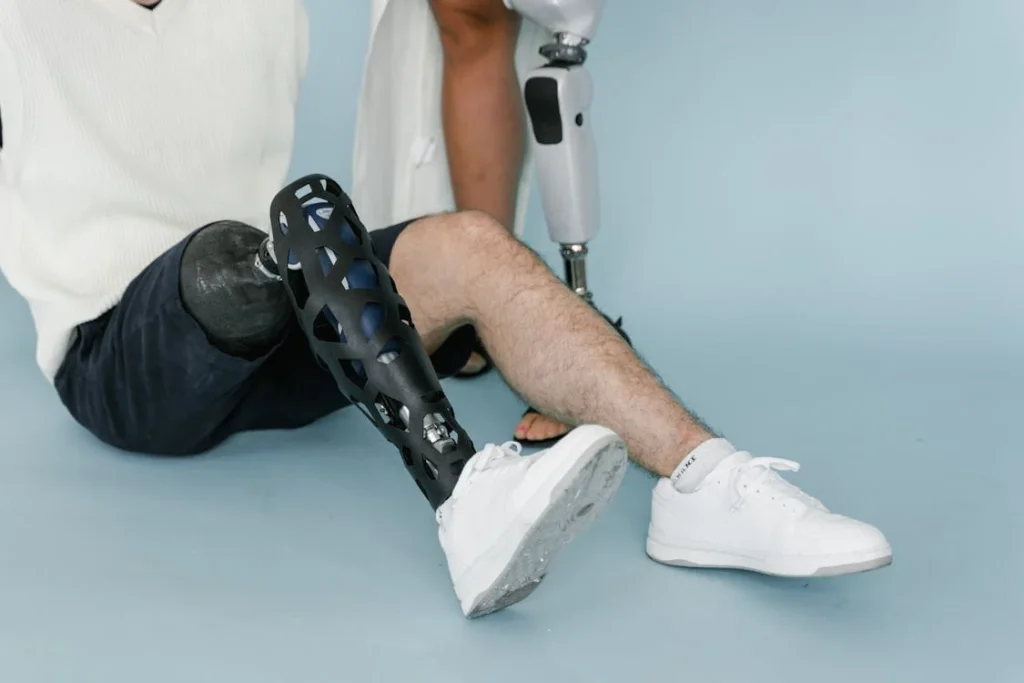
Occupational Therapy and Prosthetic Integration
One of the most significant aspects of post-amputation recovery is learning to use a prosthetic limb.
While physical therapy focuses on building the strength and balance needed to use a prosthetic effectively, occupational therapy ensures that the device becomes a functional and natural part of daily life.
This integration is a gradual process that requires practice, patience, and guidance, all of which occupational therapists provide.
Preparing for Prosthetic Use
The journey to prosthetic use often begins before the device is fitted.
Occupational therapists help prepare the residual limb for the demands of wearing a prosthesis by focusing on desensitization techniques, proper skin care, and exercises that maintain the strength and flexibility of surrounding muscles.
This preparation ensures a smoother transition and reduces the likelihood of complications, such as skin irritation or discomfort.
Therapists also work closely with patients to set realistic expectations about prosthetic use. They explain the process of adaptation, emphasizing that mastering the device takes time and practice.
By managing expectations, therapists help reduce frustration and build confidence as patients progress through the learning curve.
Mastering Functional Skills
Once the prosthetic limb is fitted, occupational therapy focuses on helping patients integrate it into daily life. This involves practicing functional skills that align with the patient’s goals and lifestyle.
For upper-limb prosthetics, this may include activities like grasping objects, typing, or performing fine motor tasks. For lower-limb prosthetics, the focus often shifts to walking on uneven surfaces, navigating stairs, or performing tasks that require balance and stability.
Therapists use a step-by-step approach, beginning with simple tasks and gradually introducing more complex movements. For example, an upper-limb amputee might start by practicing basic grips with their prosthetic hand before moving on to activities like cooking or writing.
Similarly, a lower-limb amputee may begin by practicing weight shifts before progressing to more dynamic activities like climbing stairs or standing for extended periods.
Customizing Strategies for Success
The key to successful prosthetic integration is customization. Occupational therapists recognize that no two individuals are the same, and they tailor their approach to meet each patient’s unique needs.
They consider factors such as the type of prosthesis, the patient’s physical capabilities, and their personal goals when designing therapy sessions.
Therapists also address practical challenges, such as managing the prosthetic during long periods of use or troubleshooting mechanical issues.
They teach patients how to care for their device, ensuring it remains functional and comfortable over time. This education empowers patients to use their prosthetics confidently and independently.
Building Confidence with Prosthetics
Adapting to a prosthetic is not only a physical journey but also an emotional one. Many patients face self-consciousness or anxiety about using their prosthetic in public.
Occupational therapists play a crucial role in addressing these feelings, providing encouragement and creating safe spaces where patients can practice skills without judgment.
Through consistent practice and support, patients develop a sense of ownership over their prosthetics, viewing them as tools that enhance their abilities rather than limitations.
This shift in mindset is essential for long-term success, allowing individuals to embrace their prosthetic as a part of their identity and daily life.
By bridging the gap between physical rehabilitation and functional adaptation, occupational therapy ensures that prosthetics become valuable tools for independence and empowerment.
Therapists guide patients through every stage of the process, from preparation to mastery, enabling them to navigate life with confidence and capability.
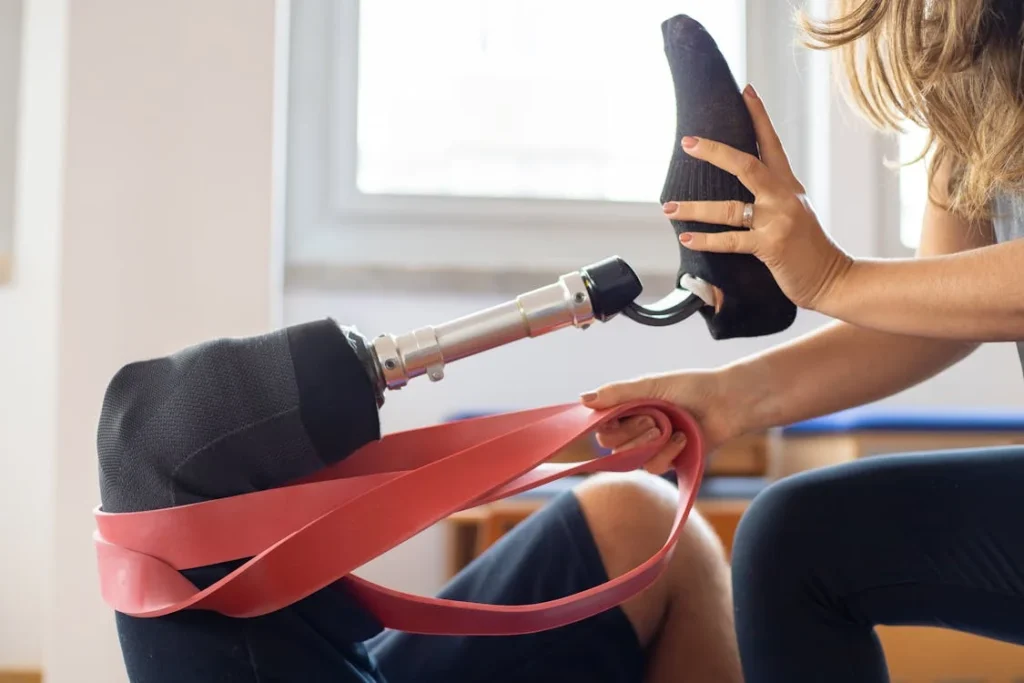
Emotional Support and Psychological Benefits of Occupational Therapy
Recovering from an amputation is as much an emotional journey as it is a physical one. The experience can bring a wide range of feelings, from grief and frustration to anxiety and self-doubt.
Occupational therapy addresses these emotional challenges by creating a safe, supportive space where individuals can process their emotions while building practical skills.
This holistic approach ensures that recovery is not only about regaining physical abilities but also about fostering emotional resilience and mental well-being.
Addressing the Psychological Impact of Limb Loss
Amputation often comes with a profound sense of loss, not just of the limb itself but also of previous routines, independence, or even self-image.
These feelings can be overwhelming, particularly in the early stages of recovery. Occupational therapists are trained to recognize and address these emotional hurdles, helping patients navigate their feelings in a constructive way.
Therapists provide support by setting achievable, meaningful goals that give patients a sense of purpose and accomplishment.
These goals may start small, such as learning to tie shoelaces or prepare a simple meal, but each milestone becomes a stepping stone toward rebuilding confidence.
By focusing on what patients can achieve rather than what they’ve lost, therapists help shift the narrative from one of limitation to one of possibility.
Building a Positive Mindset Through Activity
Engaging in meaningful activities is a powerful way to boost mental health and foster a positive outlook. Occupational therapy incorporates activities that are not only functional but also enjoyable and personally significant.
Whether it’s returning to a beloved hobby, finding new ways to spend time with family, or pursuing a creative outlet, these activities bring a sense of normalcy and joy to the recovery process.
Therapists also encourage mindfulness and relaxation techniques as part of their sessions. Practices such as deep breathing, visualization, or guided meditation can help reduce stress and improve focus.
These techniques become valuable tools for managing anxiety, particularly during challenging moments in recovery.
The Role of Peer Interaction
One of the most impactful aspects of occupational therapy is the opportunity for peer interaction. Many rehabilitation centers facilitate group sessions or introduce patients to others who have experienced similar journeys.
These interactions create a sense of community, providing emotional validation and practical insights that can be incredibly uplifting.
Connecting with others who have faced similar challenges helps patients feel less isolated and more understood. It also offers a platform for sharing tips, celebrating successes, and learning from the experiences of others.
This camaraderie can be a source of strength, reminding individuals that they are not alone in their journey.
Empowering Patients for Long-Term Well-Being
The ultimate goal of occupational therapy is not just to help patients adapt but to empower them to thrive. By addressing both physical and emotional challenges, therapy equips individuals with the skills and mindset needed to lead fulfilling lives.
The confidence gained through therapy sessions often translates into other areas of life, enabling patients to pursue careers, build relationships, and explore new opportunities with renewed self-assurance.
Occupational therapists also encourage patients to celebrate their progress, no matter how small it may seem. Each step forward, whether it’s mastering a new skill or overcoming a fear, is a testament to their strength and determination.
This focus on progress rather than perfection fosters a sense of achievement and pride that motivates patients to continue striving for their goals.
By addressing emotional well-being alongside physical recovery, occupational therapy becomes a holistic support system for amputees. It helps patients rebuild their confidence, find purpose, and embrace the possibilities of life after amputation with hope and determination.
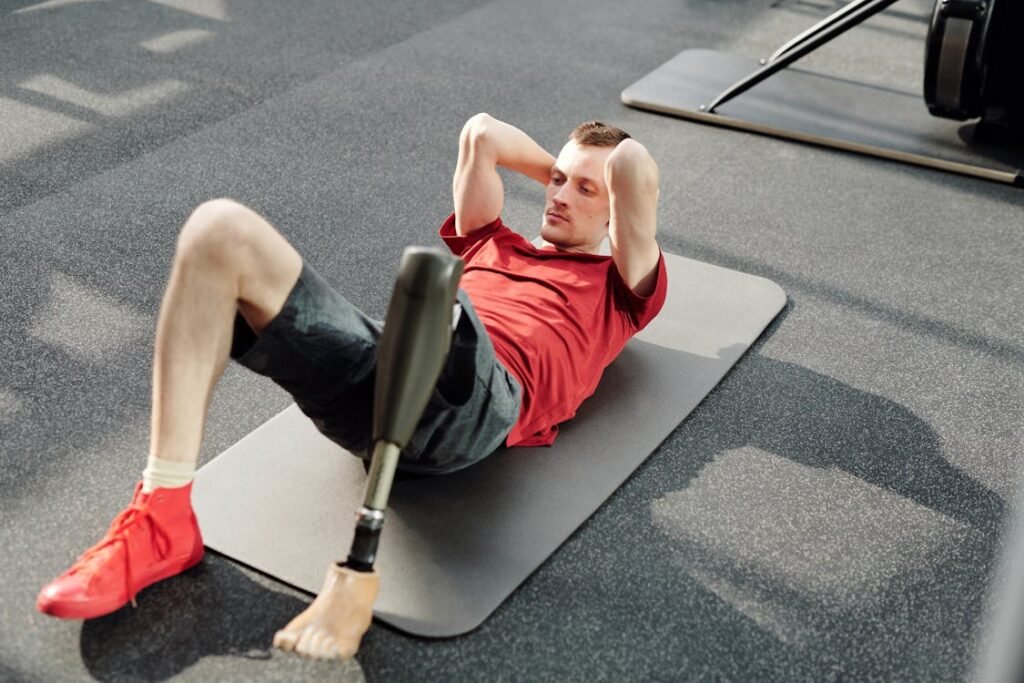
Occupational Therapy for Different Types of Amputations
Occupational therapy is highly adaptable, addressing the unique needs of individuals based on the type and level of amputation they have experienced.
Whether it’s an upper-limb, lower-limb, or multiple-limb amputation, therapy focuses on strategies that enable patients to regain independence and functionality in a way that suits their specific circumstances.
This tailored approach ensures that every individual’s journey is met with solutions that address their challenges and aspirations.
Upper-Limb Amputations
For individuals with upper-limb amputations, occupational therapy focuses on restoring the ability to perform fine motor tasks and regain control over activities that require precise movements.
Everyday tasks such as writing, eating, or using tools may need to be re-learned with adaptations or prosthetic devices.
Therapists work on developing strength and dexterity in the remaining limb, teaching techniques for performing tasks with one hand or using assistive tools to compensate for the missing limb.
Prosthetic integration is a key component for upper-limb amputees. Occupational therapists provide training on using advanced prosthetic technologies, such as myoelectric hands, which respond to muscle signals for intuitive control.
Patients practice gripping, holding, and manipulating objects, gradually increasing the complexity of tasks. This training not only builds proficiency but also helps patients regain confidence in their ability to engage in both personal and professional activities.
Lower-Limb Amputations
In cases of lower-limb amputations, the focus of occupational therapy shifts to mobility, balance, and functional independence.
Therapists work with patients to develop techniques for transferring between positions, such as moving from sitting to standing or getting in and out of a vehicle. These skills are essential for everyday life and form the foundation for using a prosthetic leg effectively.
Therapy also addresses challenges related to posture and alignment. Lower-limb amputations often alter the body’s center of gravity, which can lead to discomfort or strain in the back and hips.
Occupational therapists help patients build core strength and adopt proper posture to reduce these risks, ensuring a smoother transition to walking with a prosthetic.
Additionally, therapists focus on practical skills such as navigating stairs, uneven terrain, and public spaces. This training prepares patients to move confidently in various environments, enabling them to participate fully in their communities.
Multiple-Limb Amputations
For individuals who have experienced multiple-limb amputations, occupational therapy is particularly complex and multifaceted. These cases require a highly customized approach that addresses a wide range of physical, emotional, and logistical challenges.
Therapists work on maximizing the functionality of the remaining limbs and introducing adaptive devices to compensate for lost capabilities.
This might involve learning to use voice-activated technology for communication, mastering wheelchair mobility, or adapting tasks for prosthetics on both upper and lower limbs.
Psychological support is especially important for individuals with multiple-limb amputations. The significant adjustments required in daily life can feel overwhelming, and therapists play a crucial role in fostering resilience, setting realistic goals, and celebrating progress.
Tailoring Therapy to Individual Goals
No matter the type of amputation, occupational therapy is always centered around the patient’s personal goals. Whether it’s returning to work, caring for a family, or resuming hobbies, therapists ensure that the recovery process aligns with what matters most to the individual.
By addressing the unique challenges associated with each type of amputation, occupational therapy provides a pathway to independence and a fulfilling post-amputation life.
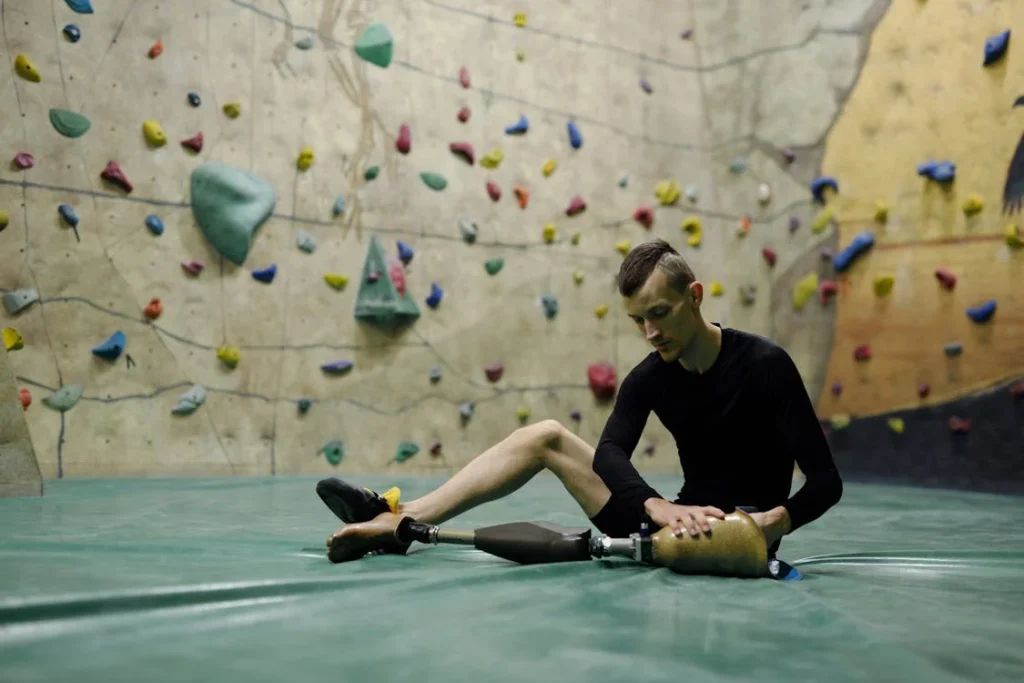
The Long-Term Impact of Occupational Therapy
Occupational therapy doesn’t just play a critical role during the initial stages of post-amputation recovery—it also lays the foundation for long-term success and well-being.
The skills, strategies, and confidence gained during therapy continue to benefit individuals as they navigate life after rehabilitation.
By equipping patients with the tools to adapt to new challenges and embrace their capabilities, occupational therapy has a lasting impact on both physical and emotional health.
Adapting to Life Changes
Life is dynamic, and circumstances often evolve over time. For amputees, these changes might involve transitioning to a new prosthetic device, pursuing a career, or adapting to age-related challenges.
The strategies and problem-solving skills learned through occupational therapy empower individuals to navigate these changes effectively.
For example, as prosthetic technology advances, individuals may need to learn how to operate more sophisticated devices or adapt to different functionalities.
The foundation laid during occupational therapy ensures that they can approach these transitions with confidence and a willingness to embrace new opportunities.
Similarly, occupational therapy fosters resilience, enabling individuals to adjust to shifts in their lifestyle, such as starting a family, relocating, or managing other health conditions.
This adaptability is one of the most valuable outcomes of therapy, ensuring that amputees can maintain their independence and quality of life over the long term.
Preventing Secondary Complications
Another key benefit of occupational therapy is its role in preventing secondary complications associated with limb loss. These complications can include overuse injuries in the remaining limbs, joint pain, or issues related to improper prosthetic use.
By emphasizing proper techniques, posture, and movement patterns, therapists help individuals minimize these risks.
Therapists also educate patients on maintaining a healthy lifestyle, including the importance of regular exercise, good nutrition, and self-care.
These practices contribute to overall well-being and reduce the likelihood of complications that could hinder independence or comfort in the future.
Supporting Emotional Well-Being
The emotional benefits of occupational therapy are equally enduring. Through therapy, individuals build confidence, self-esteem, and a sense of purpose, all of which are critical for mental health.
These emotional strengths help amputees face future challenges with a positive mindset and the belief that they can overcome obstacles.
Many patients also find that occupational therapy fosters a sense of empowerment. By demonstrating their ability to adapt and thrive, they gain a renewed perspective on their capabilities and potential.
This sense of empowerment often extends beyond the individual, inspiring their families and communities as well.
Continuing Support and Resources
Some rehabilitation centers and occupational therapists offer long-term follow-up services, ensuring that patients have access to ongoing support and guidance.
These resources may include refresher therapy sessions, support groups, or workshops on new adaptive technologies. Having access to such support helps individuals stay connected to a community that understands their experiences and can provide valuable insights.
Occupational therapy’s impact goes far beyond the walls of the rehabilitation center. It equips individuals with the tools to lead fulfilling lives, adapt to challenges, and maintain their independence for years to come.
By addressing the physical, emotional, and practical aspects of recovery, occupational therapy ensures that amputees are not just surviving—but thriving.
Conclusion
Occupational therapy is a cornerstone of post-amputation recovery, offering a holistic approach that empowers individuals to rebuild their lives with confidence and independence. By focusing on daily activities, emotional well-being, and adapting to prosthetic devices, occupational therapy ensures that recovery goes beyond physical healing to address the full spectrum of challenges faced by amputees.
The personalized care and innovative strategies provided by occupational therapists equip patients with the tools to navigate life’s complexities, embrace their abilities, and achieve their goals. This support not only enhances short-term recovery but also lays the foundation for long-term success and well-being.
At Robobionics, we believe in the transformative power of occupational therapy as part of a comprehensive rehabilitation journey. Together with advanced prosthetics like Grippy™, we’re committed to helping amputees reclaim their independence and lead fulfilling lives. Contact us today to learn how we can support your journey toward empowerment and confidence.



